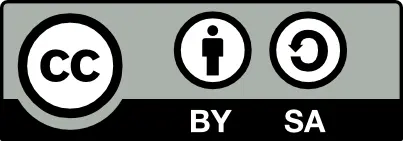Predict Programming Success
Authors: Mugdha Upasani, Hemant Ubale, Rohit Wale, Mrunmai Rahatekar, Dr. B. S. Borkar
Country: India
Full-text Research PDF File:
View |
Download
Abstract: The aim of this study is to predict placement and ranking outcomes in programming contests using machine learning, eliminating the need for traditional placement examinations. The objective is twofold: first, to automate the assessment process typically handled by teachers or recruiters, thereby potentially improving educational quality and increasing enrollment in courses; and second, to demonstrate the feasibility of using diverse data types—including Psychological Scales, Programming Tasks, and Student-answered Questionnaires—as predictive features. The method employed involves classifying university students based on these variables into different skill and motivation levels relevant to programming. For classification, a decision tree model achieves an F-measure of 0.912, while for ranking, an SVM-rank model achieves an nDCG of 0.962, indicating strong predictive performance in both tasks. Results show that Programming Task-related features, particularly source code complexity metrics, are highly influential in both models, underscoring their importance in predicting contest outcomes. The study concludes that automating skill assessment through machine learning not only streamlines the evaluation process but also utilizes a broader range of criteria, such as psychological assessments, which are traditionally difficult to incorporate. This approach has significant implications for educational institutions and recruiters, suggesting a more efficient and inclusive method for student and candidate selection based on comprehensive, multidimensional data analysis rather than conventional exams alone. Thus, the paper highlights the potential benefits of integrating machine learning techniques into educational and recruitment processes while leveraging varied data sources to enhance predictive accuracy and fairness in evaluation.
Keywords:
Paper Id: 232412
Published On: 2025-04-24
Published In: Volume 13, Issue 2, March-April 2025





 All research papers published in this journal/on this website are openly accessible and licensed under
All research papers published in this journal/on this website are openly accessible and licensed under 